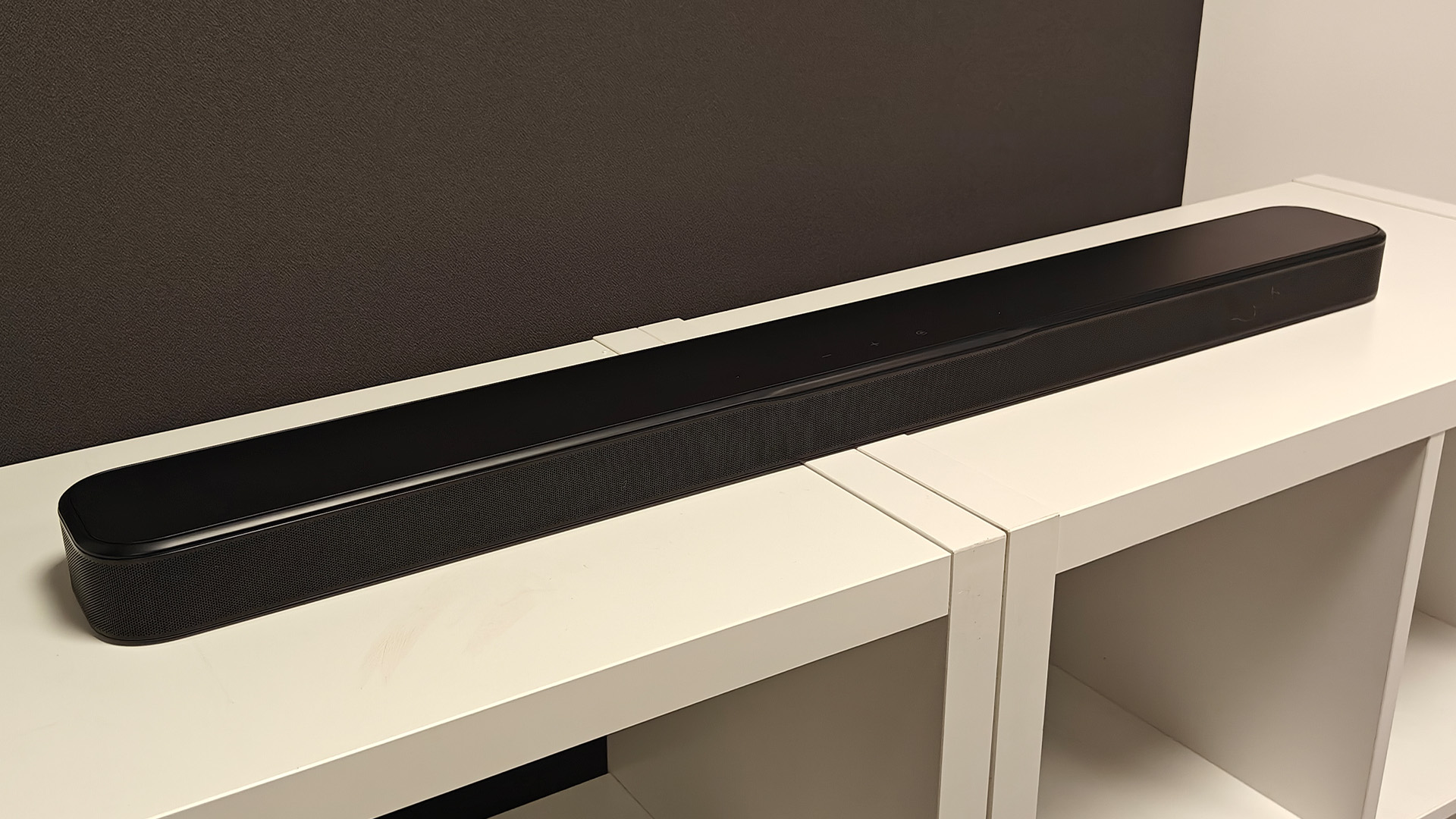Everyone is buying vinyl, but it isn't (and shouldn't be) the end for CDs
Can CDs be the new vinyl?

We’ve heard many sad stories of music fans who sold or gave away their dust-collecting vinyl collection in the 90s and noughties. Many people – most people – believed that the world had resolutely moved away from analogue and onto new digital pastures, only to now be kicking themselves for not having held onto their records in order to fully enjoy the recent and ongoing vinyl resurgence.
It’s something – a lesson vicariously learned, perhaps – that crossed my mind recently when deciding whether to hang on to my CDs or take them to the local charity shop ahead of a big move. The thought perished from my mind almost as quickly as it came. (Sorry, mum, those boxes of CDs are yours to look after for a while yet.)
Earlier this year, the Recording Industry Association of America (RIAA) published a report stating that shipments of CDs in the US rose by 47 per cent in 2021 compared to the previous year (from 31.6 million to 46.6 million), with revenue rising from $483.2 million to $584.2 million. It’s the first time CD sales have increased in over 15 years.
Now, this is still a long way from CD’s heyday at the turn of the millennium, when almost a billion discs were shipped in the US alone. And last year's revenue from CD sales was - amazingly - just 40 per cent of the revenue generated by vinyl records. Heck, according to music data from Luminate, Harry Styles’ Harry’s House album recently sold 219,000 vinyl records (compared to 130,000 CDs and a paltry 28,000 digital downloads) in its first week of release! Vinyl's popularity shows no signs of waning.
But nevertheless, CDs are also now on an upward trend. Is this the beginning of a fully-fledged comeback? Will CD popularity come back around, in the same vein as vinyl, with the production of CD-playing hi-fi products, Sony Discmans and more? Perhaps not quite. CD playback perhaps doesn't have quite the long-lost exotica and anti-digital art attachment to it that has helped spur the vinyl resurgence.
We can say that CDs are now part of an upward trend, and fashion, for physical music ownership. And we think, for good reason.
Firstly, CDs are yours, which gives them a nod over music streaming, if not vinyl or downloads. And not only are they yours to play in a CD player, hi-fi system or in your car (because you can’t play vinyl in your car unless it’s a 1956 Chrysler with a ‘Highway Hi-Fi add-on), they can also be easily ripped and stored as digital files – files that, again, you own. Vinyl can be ripped too if you have a record player with a USB output, but the ripped files (even 24-bit ones) do tend to sound less clean and crisp than (16-bit) CD rips in my experience. You can rip discs onto your computer and the files are always there. With streaming services, however, a song can just disappear due to a change in licensing agreements (just like films on video services). Annoying.
The latest hi-fi, home cinema and tech news, reviews, buying advice and deals, direct to your inbox.
What certainly does set CDs apart from vinyl, is price. CDs are comparatively cheap. Music streaming services may have made music consumption essentially boundless for the first time, but the ubiquity of new and second-hand CDs in charity shops and online makes them the cheapest way to own older releases these days. Even more so, they’re the most affordable form of physical media for new releases, with a new chart release often costing twice as much on vinyl as on CD.
They're also much easier to store than vinyl. Even if you didn’t go down the route of ripping your CDs to your laptop or a NAS drive and hiding the cases away except for special occasions, the fact is CDs are called ‘compact discs’ for a reason. I have three times as many CDs as vinyl albums and yet they took up one less box to transport. And as many of you will know, that size difference is far more pertinent when it comes to household storage. While CDs don't care for scratches any more than records do, at least their plastic casing is dead-easy and cheap to replace if they crack or break in storage or handling.
And let's hear it for the CD booklet, which is a clear advantage over streaming (where your ‘added extras’ usually begin with simple metadata and end with an artist bio) and typically better than the material in vinyl sleeves too – unless you buy a special edition record, in which case the size of vinyl and vinyl sleeves can admittedly lend itself to some pretty cool, substantial booklet accessories.
Now, here’s where CD chalks up another big fat point against streaming or downloads: gapless playback – that is, an album flowing without being broken up by silences on either side of ‘tracks’ – is not a given on streaming platforms. And if you, like me, are a fan of live albums sounding like live albums (or operas or instrumental pieces sounding as intended), this could be the biggest sticking point in this article. Some services do support gapless – Spotify does, Qobuz can, and Roon supports it well, for example – but it’s far from a given on streaming platforms and streamers, and the implementation on those that do have it isn’t always seamless anyway. With CD (and vinyl), it’s just there.
Only five or six years ago, the debate over whether streaming, vinyl or CD delivers a technically better sound would’ve been a win in the disc’s favour, but now that more and more streaming services are offering lossless and, better still, hi-res quality, the winner is once again up for debate. That said, even if you plump for a high-quality streaming tier, the sound quality of streaming still depends on the quality of your internet connection – and of course requires internet in the first place (though you can download albums for offline playback these days). CD playback quality doesn’t depend on such external factors; its quality is simply more consistent.
As for how CDs measure up to the sound quality of vinyl, well, the two formats sound… different, and ultimately the argument is a subjective one. Generally speaking (as there are obviously good and bad examples of productions recorded onto both formats), vinyl tends to sound distinctively warm and full and… can I say ‘alive’? While CD has a more consistent, crisp, clean and accurate presentation, as vinyl inherently doesn’t deal as well with extreme highs or lows, or large dynamic ranges.
All told, I believe there is still a lot to love today about the shiny compact disc. CDs can perhaps be seen as the middleman between vinyl and streaming, offering a mix of convenience, quality and affordability. We think there should be plenty of life in CDs yet. And if you already have a large CD collection – even one that’s currently out of service – I’d think twice before getting rid of it. Just think of the CD renaissance that could be in full flow by 2031...
MORE:
And with that, here are the best CD players
12 of the best-sounding vinyl records
Want the best of both worlds? This is the perfect digital hi-fi system for music streaming and CDs

Becky is a hi-fi, AV and technology journalist, formerly the Managing Editor at What Hi-Fi? and Editor of Australian Hi-Fi and Audio Esoterica magazines. With over twelve years of journalism experience in the hi-fi industry, she has reviewed all manner of audio gear, from budget amplifiers to high-end speakers, and particularly specialises in headphones and head-fi devices.
In her spare time, Becky can often be found running, watching Liverpool FC and horror movies, and hunting for gluten-free cake.
